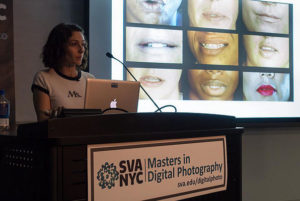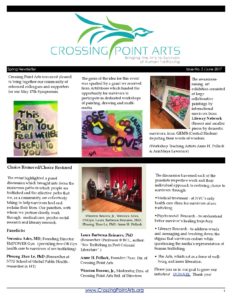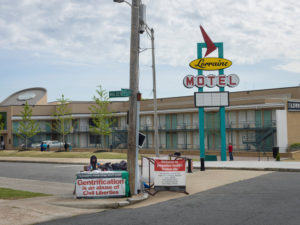According to the National Coalition Against Domestic Violence, domestic violence includes any
willful intimidation, physical assault, battery, sexual assault, and/or other abusive behavior as part of a systematic pattern of power and control perpetrated by one intimate partner against another. It includes physical violence, sexual violence, psychological violence, and emotional abuse. The frequency and severity of domestic violence can vary dramatically; however, the one constant component of domestic violence is one partner’s consistent efforts to maintain power and control over the other.
Domestic violence is an epidemic affecting individuals in every community, regardless of age, economic status, sexual orientation, gender, race, religion, or nationality. It is often accompanied by emotionally abusive and controlling behavior that is only a fraction of a systematic pattern of dominance and control. Domestic violence can result in physical injury, psychological trauma, and in severe cases, even death. The devastating physical, emotional, and psychological consequences of domestic violence can cross generations and last a lifetime.
In response to domestic violence, one letter to the editor of The New York Times asks: “Do we endorse this cruelty in silence? Or do we stand together to protect the most vulnerable among us?”
Artist Cat Del Buono is standing up and outwardly doing something about this. In one such project, Voices, funded by a grant from Baang + Burne Contemporary, Del Buono spent two years
interviewing domestic violence survivors at shelters in Miami, Hartford, New York, Chicago, Los Angeles, Portland, South Carolina, and Washington, D.C. After filming only their mouths to keep the women anonymous, Del Buono created an installation of 20 small monitors with the lips of the survivors speaking of their personal experience. When viewers walk into the exhibit, the multiple voices create a symphony of unrecognizable words. Only when you approach an individual monitor do you hear their personal and traumatic stories and how they have gotten out of their situations. The necessity of this movement on the part of viewers acts as a metaphor: only when one gets close do they learn of the individual’s traumatic experiences. As a society, we must not allow the epidemic of domestic violence and those who are affected by it to remain an invisible, inaudible crowd of statistics.
Here is a sample of one of the video installations
Voices has travelled across the United States, and was recently exhibited at Blue Sky Gallery, Bronx Museum, Winthrop University, Art Palm Beach, and Museum of Contemporary Art in Miami where it was accompanied by a panel discussion open to the public. Local NPR radio host Bonnie Berman moderated the panel consisting of domestic abuse survivor, a local advocate, teen violence advocate, the museum’s director of international programs, and Del Buono.

Del Buono received a BA from Boston College, an MFA from the School of Visual Arts, and attended the graduate film program at NYU Tisch School of the Arts. Trained as a photographer and filmmaker, Del Buono creates video installations and public happenings. She incorporates performance, interactive video, and humor as ways to engage and impact her viewers.


